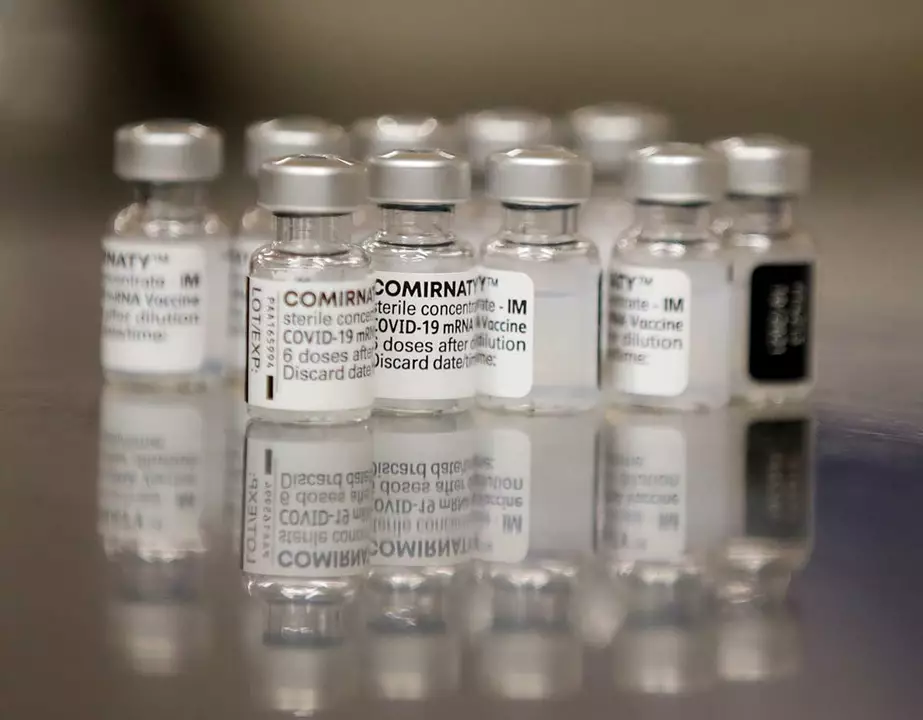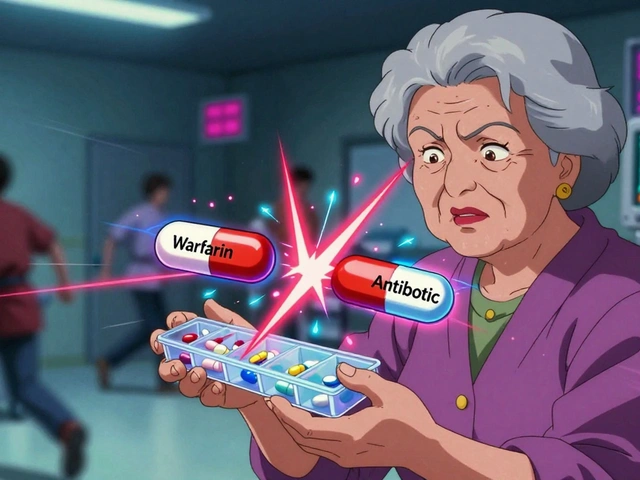FDA approval: what it really means for your medicine
Not every pill or product you see online was reviewed the same way. FDA approval means the agency has reviewed data and decided a drug’s benefits outweigh its risks for a specific use and dose. That sounds simple, but the path to approval is long, and the label matters—what the FDA approves is the exact condition, age group, and dose studied in trials.
How drugs get approved — the basics
Drug development starts in the lab, moves to animal testing, then to humans in clinical trials. Those human tests are done in phases: Phase 1 checks safety in a small group, Phase 2 looks at dose and early effectiveness, and Phase 3 confirms benefit and monitors side effects in larger groups. After that, a company files a New Drug Application (NDA) or Biologics License Application (BLA). The FDA reviews the paperwork, inspects manufacturing facilities, and decides whether to approve.
Some drugs move faster via programs like Priority Review, Fast Track, or Breakthrough Therapy if they target serious conditions and show strong early results. Emergency use authorizations (EUA) are another shortcut used in crisis situations, but an EUA is not the same as full approval.
What FDA approval does — and doesn’t — mean
Approval means the FDA accepted the evidence for a specific use. It does not guarantee the drug will work perfectly for everyone or that it’s safe in every situation. Doctors may prescribe approved drugs off-label for other uses, but that’s a medical decision, not an FDA one. Approval also doesn’t control price, availability, or how your insurer will cover the drug.
Post-approval, the FDA keeps monitoring safety through reports and required studies. If new risks show up, the FDA can update labels, require warnings, or even remove a drug from the market.
Want to check a drug’s FDA status? Use reliable tools: the FDA’s Drugs@FDA database lists approvals and full labels. ClinicalTrials.gov shows trial history. Check the official prescribing label (sometimes called the package insert) for approved uses, dosing, and known risks. If a website sells medication without a prescription or claims an FDA stamp for a product that’s really a supplement, be skeptical.
Practical tips: look up the active ingredient and compare brand vs generic names; note the approved age range and condition; search the FDA site for the drug’s approval date and label; and ask your doctor how the approved use fits your situation. If you notice serious side effects, report them via FDA MedWatch—reports help the agency spot real-world problems fast.
On this site we cover many drugs you may be curious about—Plavix, Actos, inhalers, antidepressants—and explain whether they’re FDA-approved and what that means for you. If you’re buying meds online, pick pharmacies that require a prescription and display real approvals. When in doubt, ask a pharmacist or your clinician. That’s the safest way to use FDA-approved medicines wisely.





